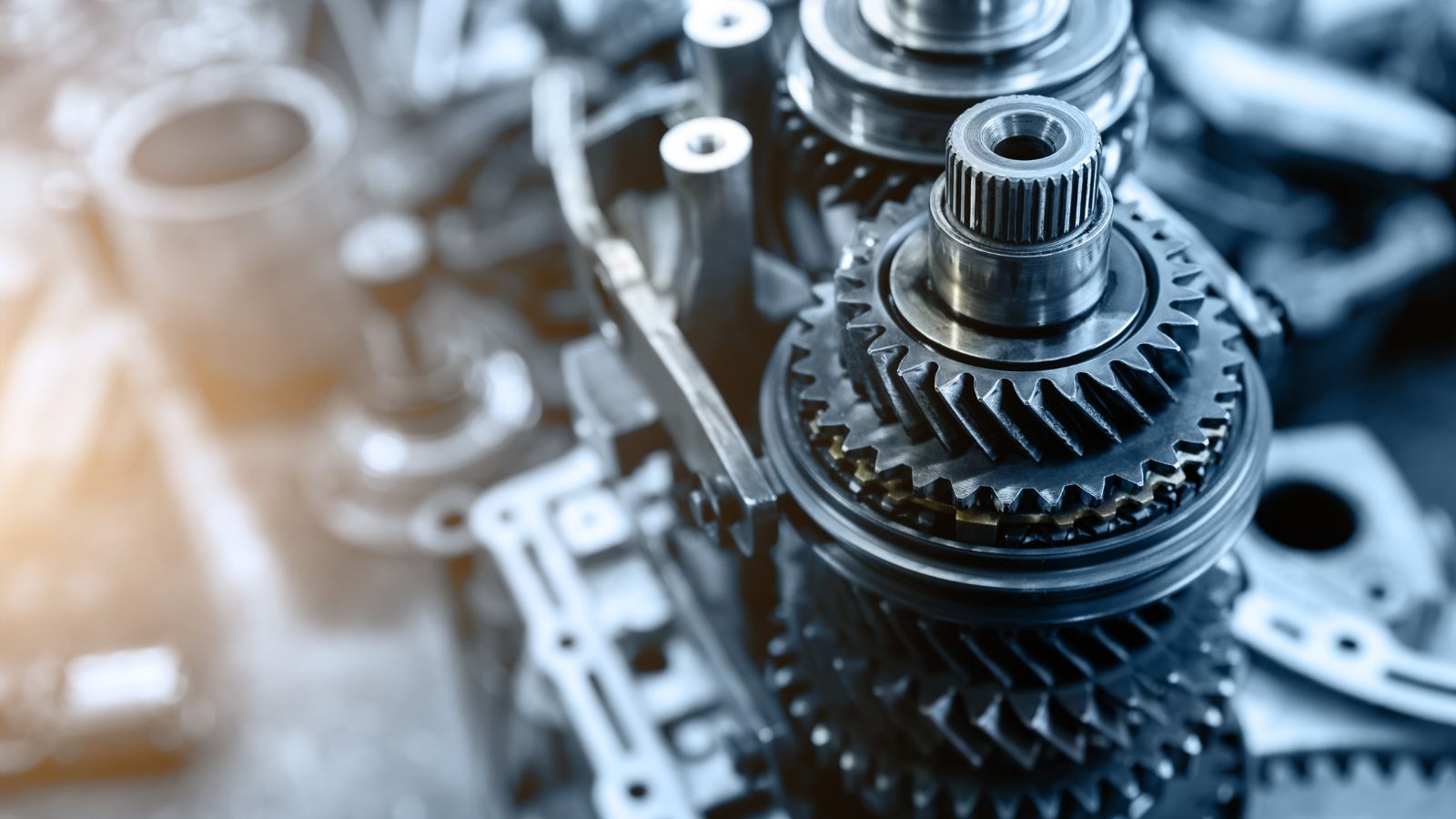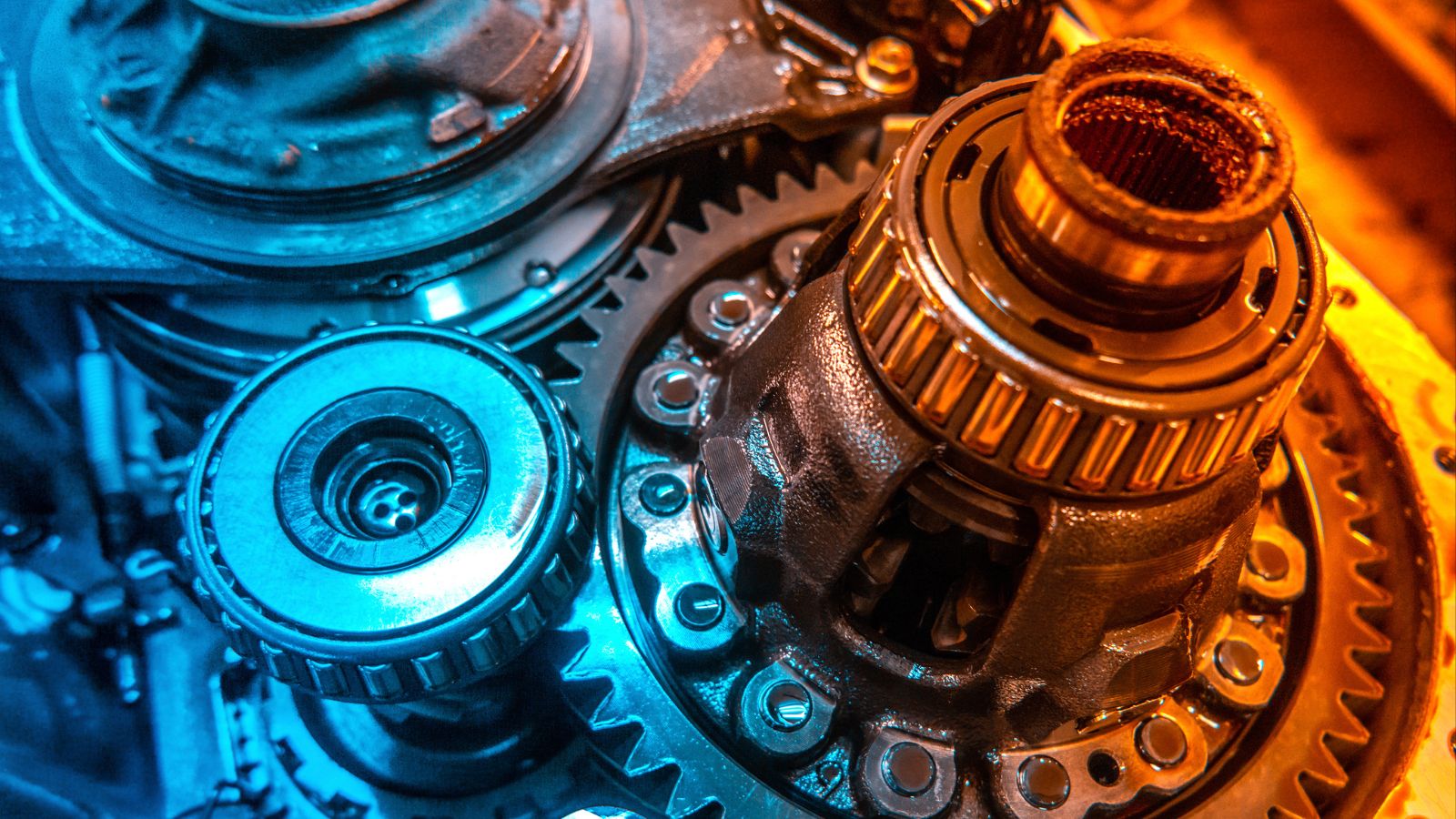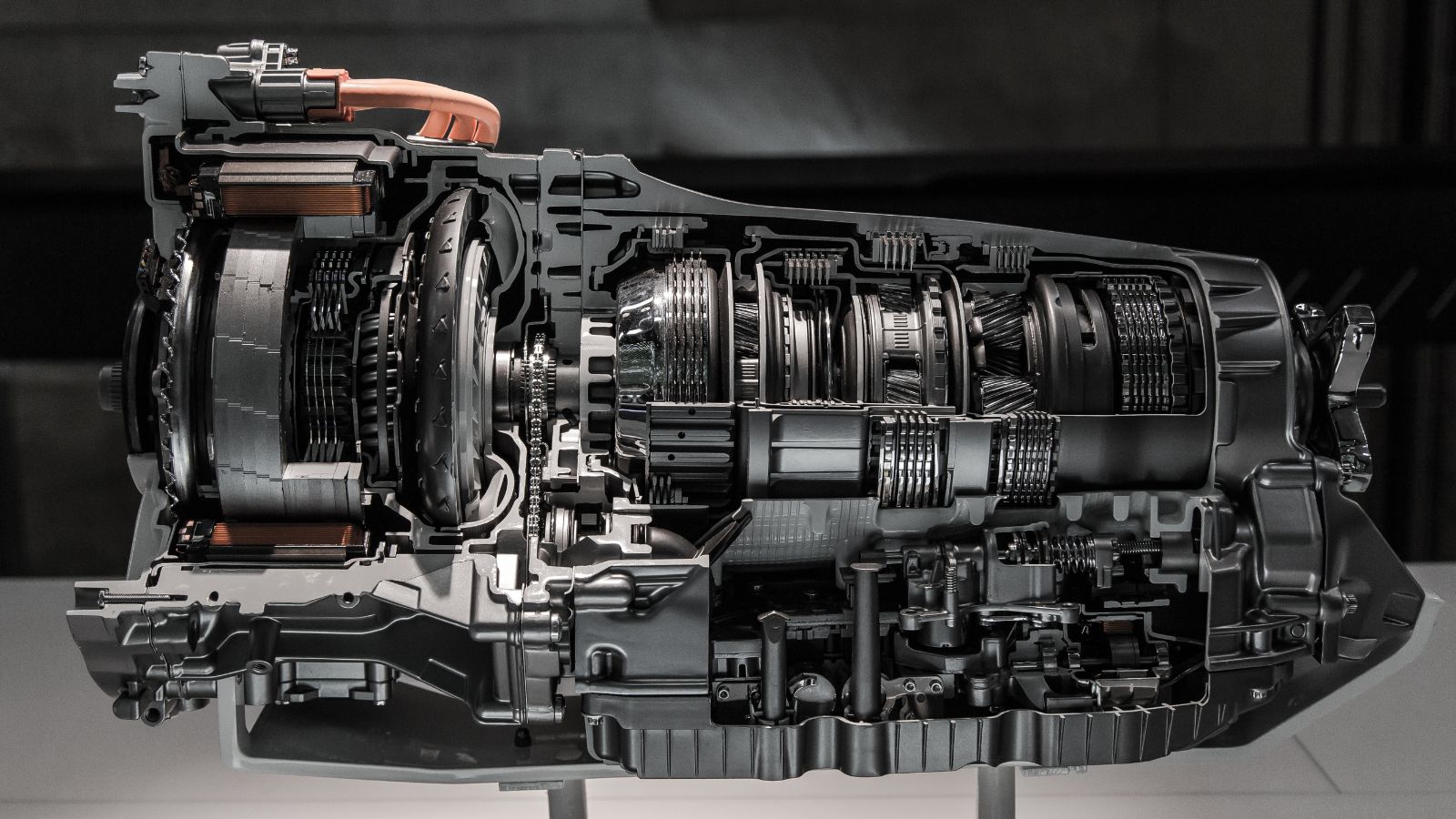Modern cars frequently advertise their transmissions as selling points. A few decades ago, most automatics had just three or four speeds, but today it is common to see six, eight, or even ten gears. Some luxury and performance vehicles boast even more. On the surface, it might seem obvious that more gears equal better performance, smoother driving, and improved fuel efficiency. But as with most things in automotive design, the answer is not quite so simple. Adding more gears can provide real advantages, but there are also trade offs, and sometimes the difference between a good transmission and a frustrating one comes down to engineering rather than the number of gears.
Why More Gears Were Introduced

The move to higher gear counts was largely driven by the need for better fuel economy. Cars with fewer gears forced engines to work harder, often running at higher revolutions per minute than necessary, which wasted fuel and generated more noise. By adding gears, automakers could allow engines to operate closer to their ideal efficiency range across a wider variety of speeds. More ratios meant smoother transitions and less time spent revving too high or lugging too low. As fuel economy regulations tightened around the world, transmissions with more gears became one of the easiest ways for manufacturers to squeeze out better mileage without sacrificing performance.
The Fuel Economy Advantage

The biggest benefit of extra gears is the ability to keep the engine operating at its most efficient point more often. A ten speed automatic, for instance, can allow a truck to cruise at highway speeds with the engine barely above idle, saving fuel and reducing wear. For smaller cars, this translates into better mileage in city and highway driving. In hybrids, more gears can be used to optimize how the gas engine and electric motor share the workload. Trucks and SUVs also benefit greatly because lower gears provide more torque for towing or hauling, while higher gears allow relaxed highway cruising. This flexibility is why gear count has become a major focus for pickup truck marketing in particular.
Smoother Performance and Acceleration

More gears can also make acceleration feel smoother and more consistent. With smaller gaps between ratios, gear changes are less noticeable, and the engine spends more time in its power band. Sports cars with eight or ten speed automatics often feel quicker because they can keep the engine at peak output longer. Luxury vehicles also benefit, since the extra gears allow nearly seamless shifts that make driving quiet and refined. A modern ten speed transmission can deliver the kind of smoothness that older four speeds could never match.
The Downsides of Too Many Gears

There are limits to how much drivers benefit from additional gears. While more ratios bring efficiency and smoothness, too many can make a transmission feel busy. Some vehicles with ten speed automatics, for example, constantly shift at moderate speeds, creating a sensation that the transmission is hunting for the right gear. This can be annoying in city traffic. The complexity of modern gearboxes also raises the risk of expensive repairs. A simple four speed automatic could often last the life of the vehicle with minimal issues, while today’s multi speed units require more sophisticated parts and software that can be costly to fix. Drivers may not notice much difference between an eight speed and a ten speed in real world driving, which makes the extra complexity hard to justify at times.
Alternatives to More Gears

Not all manufacturers rely on adding gears. Continuously variable transmissions, or CVTs, take a different approach. Instead of a fixed number of gears, CVTs use pulleys and belts to provide an infinite range of ratios, keeping the engine in its most efficient zone at all times. Dual clutch transmissions are another solution, offering fast, crisp shifts by pre selecting the next gear. Both systems demonstrate that gear count alone is not the only way to achieve performance and efficiency. What matters more is how the transmission is tuned to work with the engine and the vehicle’s purpose.
Real World Examples

Some cars and trucks highlight just how effective extra gears can be when done right. Ford’s F 150, for instance, switched from a six speed to a ten speed automatic, and owners immediately noticed both improved towing capability and better fuel economy. The wider spread of gears gave the truck more low end grunt while allowing relaxed cruising at highway speeds. On the performance side, the Chevrolet Camaro ZL1 uses a ten speed automatic co developed with Ford that helps it rocket through gears with almost no interruption in power, making it quicker than earlier models. Luxury cars like the BMW 7 Series use eight speed automatics to deliver buttery smooth acceleration and impressive efficiency for such a large sedan.
On the flip side, not every high gear count transmission has been well received. Early versions of Chrysler’s nine speed automatic were criticized for rough shifting and hesitation, proving that more gears are not automatically better if the software calibration is poor. Some drivers also complain that continuously shifting ten speed transmissions in small crossovers feel overly busy, with the car constantly changing gears in normal traffic. These examples show that execution matters more than marketing numbers.
Gear Up

Having more gears in an automatic transmission generally brings real benefits. Cars with eight, nine, or ten speeds can deliver better fuel economy, smoother acceleration, and more relaxed highway driving. Trucks and SUVs especially benefit from the flexibility of more gears, combining towing power with efficiency. However, there are trade offs, including higher complexity, potential reliability concerns, and the possibility of constant shifting that annoys drivers. More is not always better, and the true measure of a good transmission is how well it complements the engine and the purpose of the vehicle. A well designed six speed can be more satisfying than a poorly tuned ten speed, proving that quality and calibration matter more than simply adding gears.
25 Facts About Car Loans That Most Drivers Don’t Realize

Car loans are one of the most common ways people fund car purchases. Like any other kind of loan, car loans can have certain features that can be regarded as an advantage or a disadvantage to the borrower. Understanding all essential facts about car loans and how they work to ensure that you get the best deal for your financial situation is essential. Here are 25 shocking facts about car loans that most drivers don’t realize:
25 Facts About Car Loans That Most Drivers Don’t Realize
